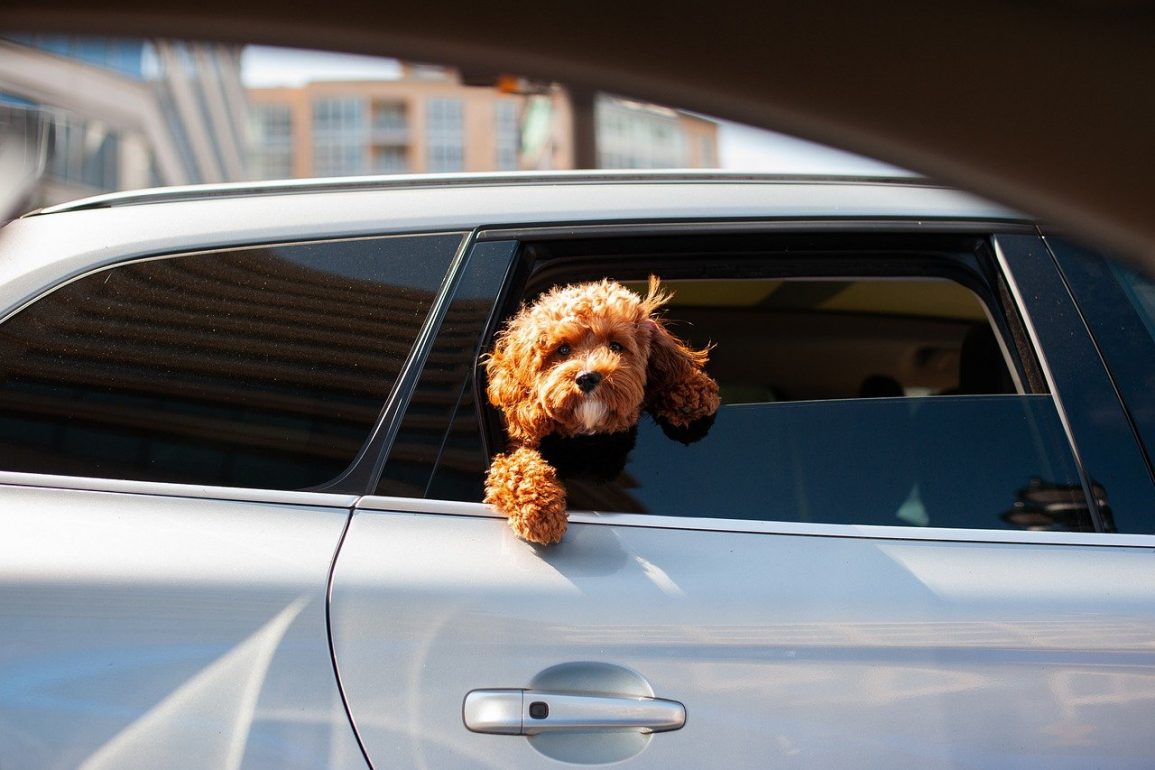5 Useful Tips for Learning to Drive in the Big City – If you’re just getting behind the wheel for the first time, then you might appreciate a learning environment that’s a low stress. Fewer cars on the road, fewer complicated junctions, less opportunity to get things wrong and have other motorists tooting their horns at you. Ideally, you’ll conquer all that stuff later in your driving career.
If you happen to live in the big city, however, you might not have the luxury of easing yourself in. If you’re in this situation, then it’s worth thinking about how you might make the process a little bit more forgiving, and the learning curve a little bit shallower.
What are the challenges of driving in the big city?
While country roads are statistically the most dangerous to drive on, urban motorists need to contend with a whole range of challenges. These include changes in speed limits, one-way systems, merging traffic, congestion, and poor street parking. There’s also a higher volume of pedestrians to contend with, some of whom might elect to wander into the road without warning.
There’s also the problem of road rage, which tends to be more pressing in built-up city environments
When you’re new to driving in general, all the sound and fury of the city can be a little bit overwhelming. If you happen to have grown up in the city, you might be used to many of the things you’ll be dealing with – but dealing with them from the driver’s seat of your car might present an entirely different set of challenges. So how do you contend with them?
5 Useful Tips
Now that we know what we’re up against, we can think about some coping strategies.
Learner driver insurance is a specialised form of short-term cover that’s dedicated to people who haven’t yet passed their test. It’ll give you the peace of mind you need to deal with the challenges of city driving.
Driving outside of rush-hour. If you get behind the wheel when the roads are crowded, then you’ll make things unnecessarily hard on yourself.
Driving in daylight. Your visibility is going to be poorer at night-time. The best time to head out on the road as a learner is usually Sunday morning. The roads are at their quietest, but you’ll still be able to see what you’re doing.
Mind the Gap. Leaving a generous gap between yourself and other drivers will give you more time to react. Don’t worry about other motorists rushing you – you’ll get used to that sort of thing.
If you’re at a junction, you can adopt the ‘peep and creep’ strategy, which involves inching forward enough that you give passing motorists no choice but to give way to you. It’s a strategy that you’ll need to employ during rush hour, so you might as well get to grips with it sooner rather than later!
Poppy Watt


